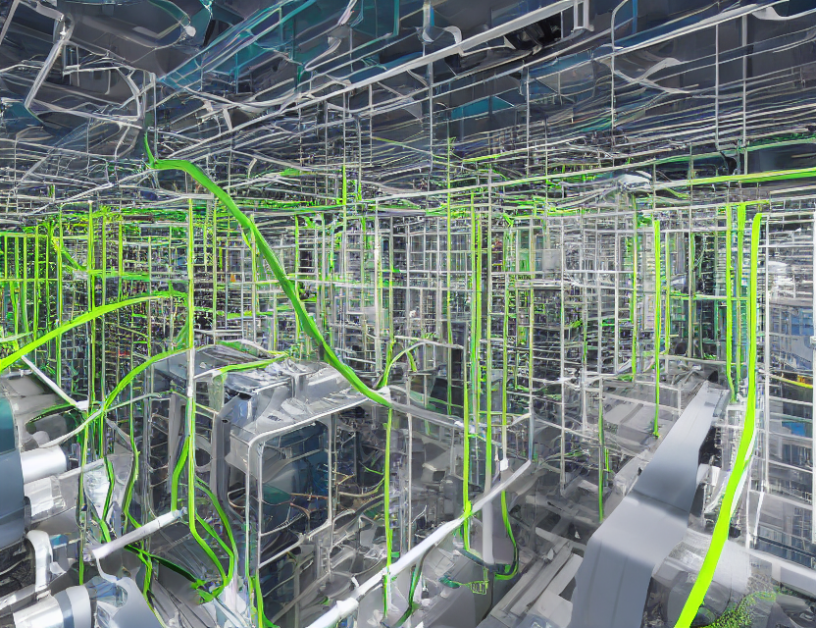Data centers are critical components of modern society, serving as hubs for digital information and infrastructure. However, their energy consumption is a significant contributor to greenhouse gas emissions, making environmental sustainability a pressing concern. This article explores the application of reinforcement learning (RL) to optimize data center design for reduced energy consumption and carbon footprint. RL algorithms learn through trial and error by iteratively adjusting system settings based on their performance. By simulating various scenarios, RL can identify optimal configurations that minimize energy use while maintaining performance standards.
The article begins by detailing the challenges of optimizing data center design for environmental sustainability. Traditional methods rely on manual trials and errors, which are time-consuming and resource-intensive. Alternatively, RL algorithms can automate this process by iteratively adjusting system settings in search of optimal configurations. The authors then delve into the specifics of RL, explaining how it functions and how it can be applied to data center design.
To illustrate the effectiveness of RL, the article presents several case studies demonstrating its implementation in various scenarios. In one example, an RL agent optimizes the cooling system of a data center by adjusting fan speeds based on CPU usage patterns. The results show that the agent can reduce energy consumption by up to 25% while maintaining acceptable temperatures. Another case study demonstrates how RL can optimize UPS battery charging and discharging cycles to minimize power waste and prolong battery life.
The authors also discuss the limitations of current RL implementations in data center design, including the need for more accurate weather forecasts and the potential impact of external factors on system performance. However, they emphasize that these limitations can be overcome with further research and development.
In conclusion, the article stresses the importance of optimizing data center design for environmental sustainability and highlights RL as a promising solution to this challenge. By leveraging the iterative learning capabilities of RL algorithms, data centers can reduce their energy consumption and carbon footprint while maintaining performance standards. As the demand for digital infrastructure continues to grow, the application of RL in data center design is likely to become increasingly critical in reducing the environmental impact of these essential facilities.



